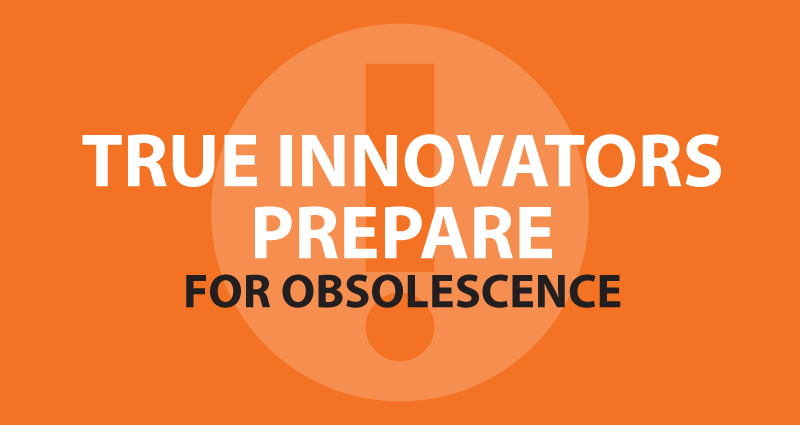
Thinking big. Really big.
Every so often, I think it’s a good idea to think big. Really big, like on a macroeconomic level. What’s our species up to, anyway? I’m not always sure where I fit in or even where credit unions fit in, but here are a few of the big, fundamental things I’ve been thinking about lately.
Solar energy is getting really cheap much faster than anyone predicted. A lot of folks still see solar energy as a funny little hippy experiment, but the UAE knows that oil is a finite resource, and they’re investing heavily in solar. This article talks about Abu Dhabi, which is one of the sunniest places on the planet, but solar prices are plunging everywhere, even places with winter, trees, and clouds. Wind energy is making huge gains in capacity and cost as well.
Just imagine the economic disruption of all that cheap, clean energy replacing fossil fuels – the effects are going to be epic. There are still huge problems to solve, but we’re rapidly approaching the day when electricity becomes too cheap to bother metering.
On a related note, Tesla is on track to build 90,000 electric cars this year, and plans to build 500,000 in 2018. Let’s not forget that Tesla is sitting on over 400,000 $1,000 deposits for their Model 3, and they’re very busy building the mostly robotic factories and massive infrastructure to do it. It’s not an overstatement to say that this one company is turning an entire industry on its ear. Hidebound naysayers are everywhere, but they might as well get out of the way. Combine cheap, clean energy with affordable electric cars, and you’ve got a genuine transportation revolution on your hands. (BTW, Tesla ‘s ultimate goal is a human community on Mars —really).
Unexpected integrations are another recurring theme I’ve noticed.
Remember when Apple was a computer company and no one could understand why they were fooling around with phones? Now they’re fooling around with self-driving electric cars (recently they considered buying supercar builder McClaren in order to acquire their world-leading engineering talent).
Why is UPS investing in 3D printing? Because they want to actually make the things people need when and where they need them. Why is Amazon leasing airplanes and building wind and solar farms? Turns out that the existing delivery infrastructure (in the United States, that’s mostly UPS, FedEx, USPS) can barely keep up, so Amazon is building its own to shoulder part of the load. And the same goes for energy. Amazon Web Services generates huge profits, but the data centers have a huge appetite for energy. Amazon and UPS aren’t just sticking to their core businesses – they’re working to head off future threats.
True innovators prepare for obsolescence, even if it leads in surprising directions. There’s no such thing as “just stick to your knitting.”
Do your marketing and business plans have the flexibility and agility to create the new while destroying the old?
- OMG! The Overwhelmed Marketers Guide to Year-End - December 4, 2024
- Start Credit Unions to Save Credit Unions - November 7, 2024
- Five ways you’re scaring members away - October 29, 2024
